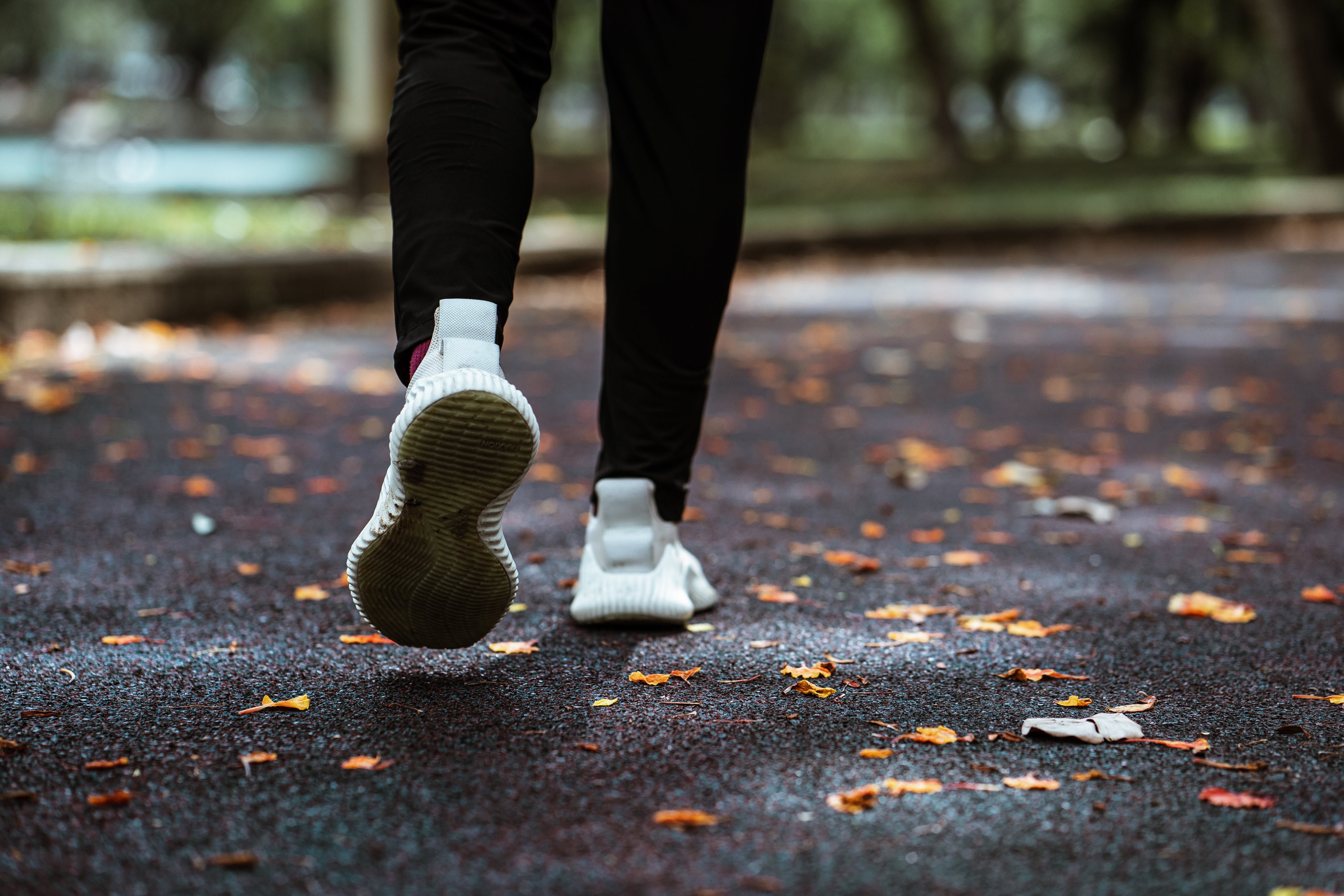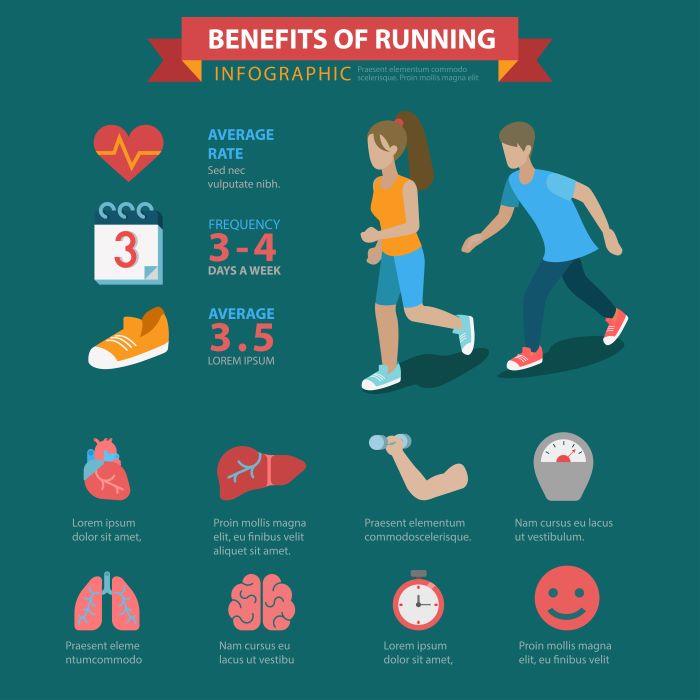When it comes to running, many enthusiasts frequently ask, does running workout your abs? To truly grasp the answer, we first need to understand the pivotal role of core muscles in this activity. Your core is not just your abs; it encompasses a variety of muscles that support your spine and maintain stability throughout your body.
Core muscles include:
- Rectus Abdominis: Often referred to as the “six-pack,” these muscles play a significant role in maintaining posture and stability.
- Obliques: Located on the sides of your abdomen, obliques help with rotation and lateral movements.
- Transverse Abdominis: This deep muscle acts like a corset, providing essential support to your spine during running.
- Lower Back Muscles: Essential for maintaining an upright posture and preventing injury.
While your legs propel you forward, it is your core that helps maintain balance and proper form. A strong core allows for effective weight transfer during each stride, minimizing energy loss and enhancing overall performance. As you run, your core muscles engage to stabilize your upper body, reducing the strain on your lower back and hips. This is especially important during longer runs where fatigue can lead to compromised form.
To maximize the benefits of running, it is crucial to incorporate core-strengthening exercises into your routine. By doing so, you not only improve your running efficiency but also reduce the risk of injuries.
Visit our website to learn more and get started today! Click here.
Does Running Engage Your Abdominal Muscles?
As you lace up your running shoes and hit the pavement, you might wonder, does running engage your abdominal muscles? The answer is a resounding yes! Although running primarily focuses on the lower body, your abdominal muscles play a significant role throughout the process.
During each stride, your core muscles, including the abdominal area, are actively engaged to maintain stability and balance. Here’s how:
- Postural Support: A strong core helps keep your torso upright, which is crucial for maintaining an efficient running form. This prevents unnecessary strain on your back and neck.
- Stabilization: Your abs work to stabilize your pelvis and spine, allowing your legs to move freely without compromising your overall posture. This stabilization is key to running efficiently and effectively.
- Force Transfer: The core muscles are essential for transferring the force generated by your legs to propel you forward. A well-engaged core ensures that energy is directed efficiently, maximizing your running speed and endurance.
Research has shown that runners with a stronger core tend to perform better and experience fewer injuries. This is largely due to their improved ability to maintain form over extended distances. Therefore, while running does engage your abdominal muscles, it is beneficial to complement your runs with targeted core workouts to enhance strength and endurance.
Comparing Running to Other Core Workouts

When considering the best ways to strengthen your core, running often enters the conversation alongside traditional core workouts. While both activities engage the abdominal muscles, they do so in different ways and with varying degrees of effectiveness.
Running: As discussed earlier, running engages the core primarily for stabilization and support. It helps build endurance in the abdominal muscles, but it may not isolate them as effectively as dedicated core workouts. The intensity of core engagement can vary based on factors like pace, terrain, and running technique.
Core Workouts: Exercises like planks, crunches, and leg raises specifically target the abdominal muscles, promoting strength and definition. These workouts allow for controlled movements that can isolate various muscle groups within the core, leading to improved strength. Here’s a brief comparison:
- Caloric Burn: Running typically burns more calories than traditional core workouts, making it an effective choice for overall fitness and weight loss.
- Muscle Targeting: Core workouts can be tailored to focus on specific areas, such as the upper abs, lower abs, or obliques, providing a well-rounded approach to core strength.
- Functional Fitness: Running is a functional exercise that mimics real-life movements, enhancing overall athleticism and endurance, while core workouts improve stability and strength.
Ultimately, incorporating both running and dedicated core workouts into your fitness routine can yield the best results. By combining the benefits of each, you can enhance your core strength, improve your running performance, and achieve a balanced workout regimen.
The Benefits of Strengthening Your Abs for Runners

Strengthening your abs is not just about aesthetics; it plays a crucial role in enhancing your performance as a runner. A strong core supports proper running form and can lead to numerous benefits that contribute to overall running efficiency. Here are some key advantages:
- Improved Stability: A strong core stabilizes your body, allowing for a more efficient transfer of energy as you run. This stability can help maintain your balance and posture, particularly on uneven terrain.
- Enhanced Endurance: Core strength contributes to better endurance by reducing fatigue during long runs. With a strong core, your body can maintain proper form longer, helping you avoid slouching or overcompensating with other muscle groups.
- Injury Prevention: Runners with strong abdominal muscles are less prone to injuries. A well-conditioned core helps to support the spine and pelvis, reducing strain on the lower back and other related areas.
- Efficient Breathing: A strong core can improve your breathing technique when running. Proper core engagement helps open up your diaphragm, allowing for deeper, more efficient breaths.
- Better Performance: Ultimately, a strong core translates to improved running speed and performance. With enhanced stability and endurance, you can achieve faster times and better overall results.
Incorporating targeted core workouts into your training routine is essential for maximizing these benefits. By focusing on strengthening your abs, you create a solid foundation for your running, enabling you to conquer longer distances and more challenging trails with confidence.
Incorporating Core Exercises into Your Running Routine

Integrating core exercises into your running routine is a strategic way to enhance your performance and build the strength needed for optimal running. Core workouts can be tailored to fit seamlessly into your existing training plan, ensuring that you develop the necessary strength without overwhelming your schedule. Here are some effective methods to incorporate core exercises:
- Designate Core Days: Set aside specific days in your training week solely for core workouts. This allows you to focus on strengthening your abs and other core muscles without compromising your running sessions.
- Combine Workouts: Incorporate core exercises into your warm-up or cool-down routines. For example, after a run, engage in planks, Russian twists, or bicycle crunches to target your core while still benefiting from your cardio session.
- Use Bodyweight Exercises: Bodyweight exercises such as push-ups, squats, and lunges can engage your core effectively. These can be performed anywhere and are perfect for runners who may not have access to a gym.
- Focus on Stability: Include exercises that require balance and stability, like stability ball workouts or single-leg movements. These not only strengthen your abs but also enhance your proprioception, which is vital for running.
- Short, Intense Workouts: Opt for short, high-intensity core workouts that can be completed in 15-20 minutes. This approach keeps your training time efficient while ensuring you still reap the benefits of a strong core.
By thoughtfully incorporating these core exercises into your running routine, you can build the strength and stability necessary for improved performance, making every run a step closer to your fitness goals.
Conclusion: Maximizing Your Abs Through Running

Ultimately, the question of does running workout your abs is multifaceted. While running does engage your core to a certain degree, it is essential to complement your running routine with targeted core exercises for maximum effectiveness. By integrating specific workouts designed to strengthen your abs, you can enhance your overall performance and improve your running efficiency.
Moreover, a strong core not only aids in better posture and stability but also reduces the risk of injury. As you delve deeper into your running journey, consider the following strategies:
- Consistency is Key: Regularly incorporate core workouts alongside your running schedule to see significant improvements.
- Listen to Your Body: Pay attention to how your core feels during and after runs. Adjust your training plan based on your body’s feedback.
- Stay Informed: Keep exploring new exercises and techniques to continually challenge your core.
With the right blend of running and core strengthening exercises, you can truly maximize your abs and enhance your overall fitness. For more tips, tailored workouts, and to join a community of passionate runners, visit our website to learn more and get started today! Click here.


